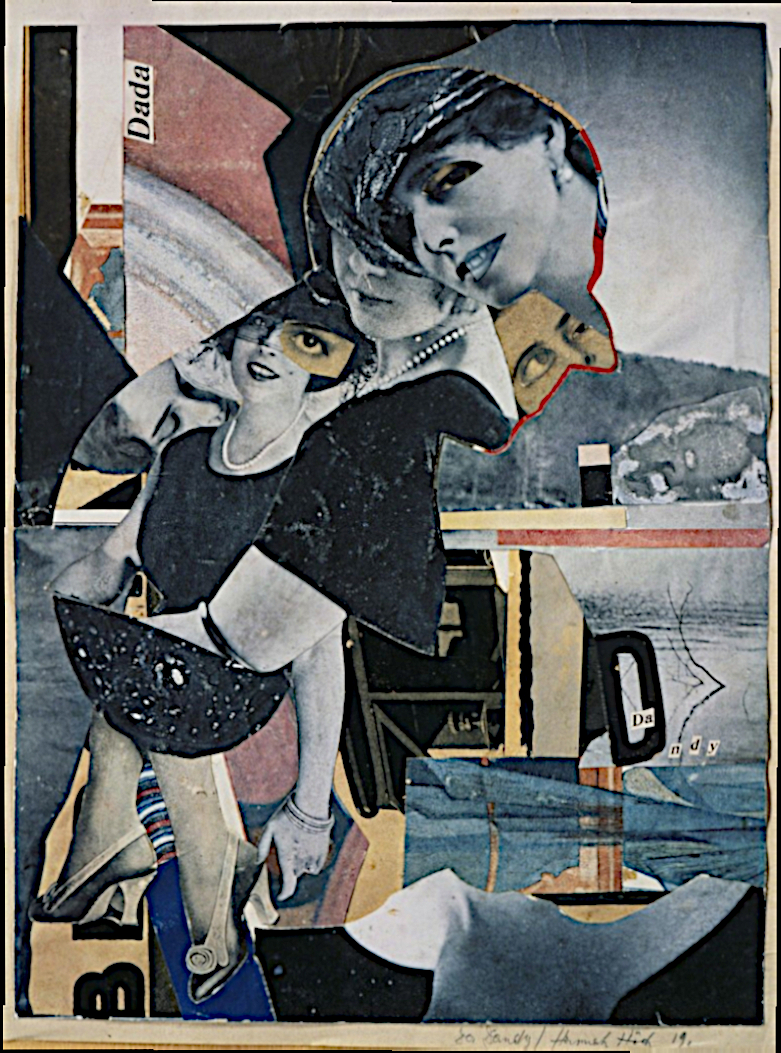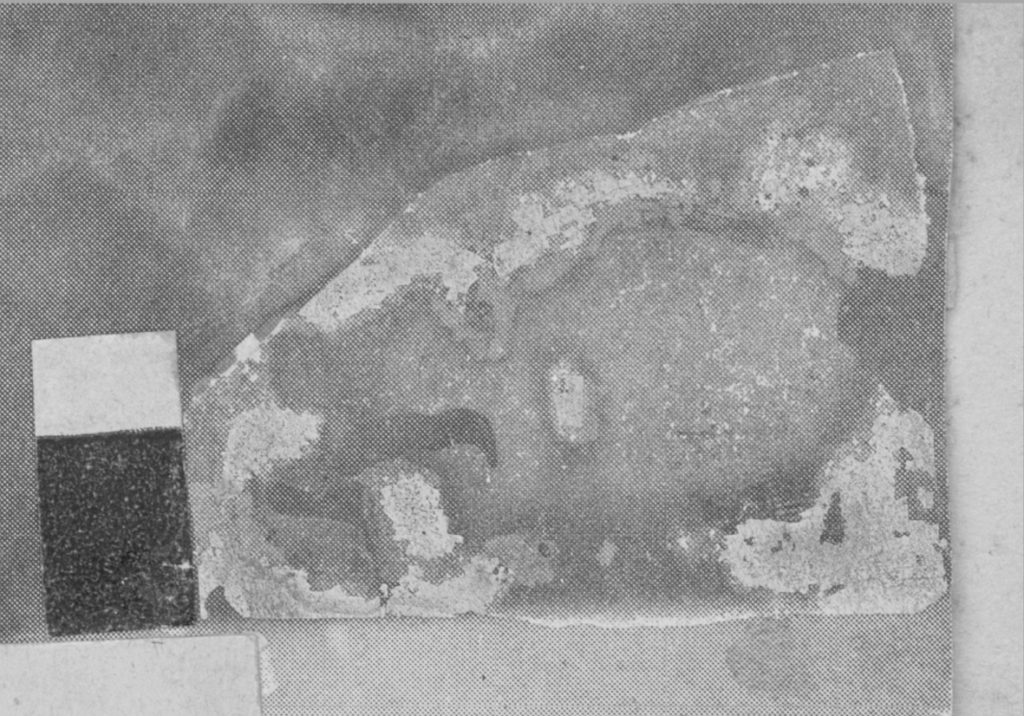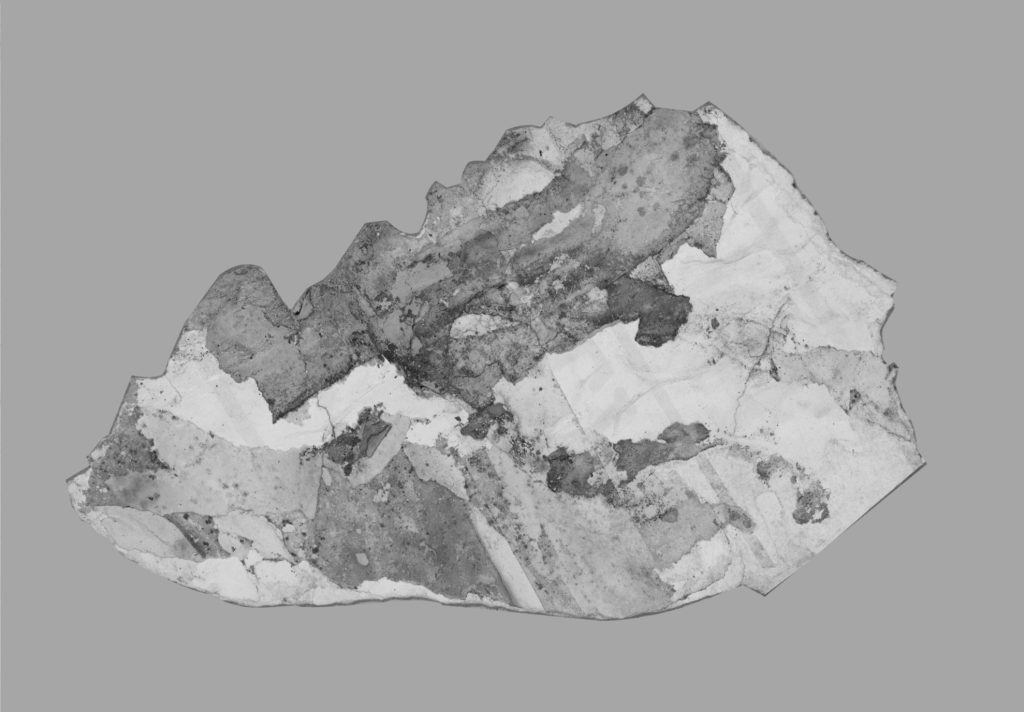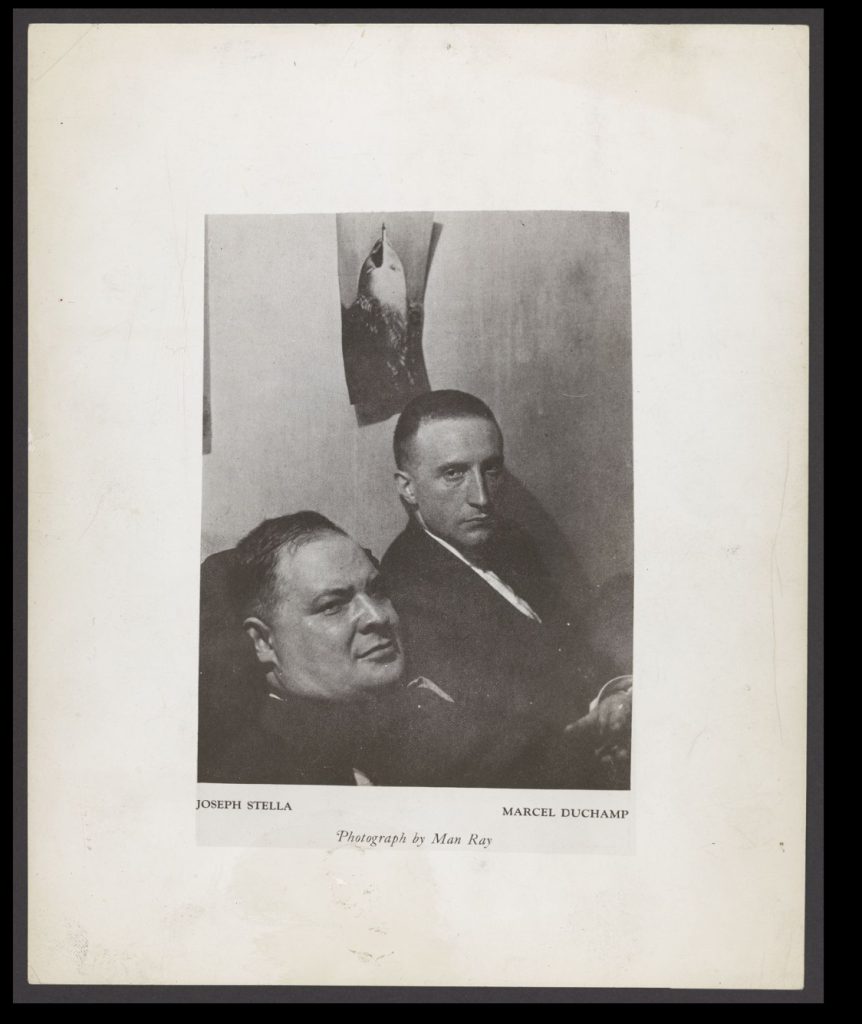A Hidden Dada Photomontage


The large halftoned background image in Da-Dandy isn’t just a scenic photograph—it’s a photomontage, composed of layered photographic elements including landscape, abstract forms, and importantly a “Veil Water” fragment.
Photomontage at this time was an almost exclusively Dada technique, pioneered by artists like Höch, Heartfield, Picabia, and Man Ray between 1916 and 1920.
The evident halftoning confirms that the montage was mechanically reproduced, meaning it was photographed from a physical collage and printed somewhere—as a full-page visual or more likely as an insert in a Dada publication such as 391.
The “Veil Water” effect—seen prominently in the composition—is a visual motif unique to Duchamp, appearing in works like Morée and in Belle-Haleine where it is used as a backdrop. This suggests that Duchamp was not only aware of the montage, but likely contributed to creating it.
The image in Da-Dandy may be the only surviving fragment of a now-lost Dada photomontage—one that’s been hiding in plain sight.
Marcel Duchamp & Joseph Stella

Probable Stella Collage
from Da-Dandy background
pre-1919
This photomontage as it turns out is another very important clue in our story. The montage is made up of up to 4 elements. Those elements include a water scene with branches emerging from the water, then possibly in the top right, a ghostly image of a woman’s head. Laid over the woman’s head element is a “veil water” fragment, probably created by Duchamp, and on top of that is what appears to be a Joseph Stella collage.

Joseph Stella Collage—1920
Marcel Duchamp & Joseph Stella at
Man Ray's Apartment—1916
